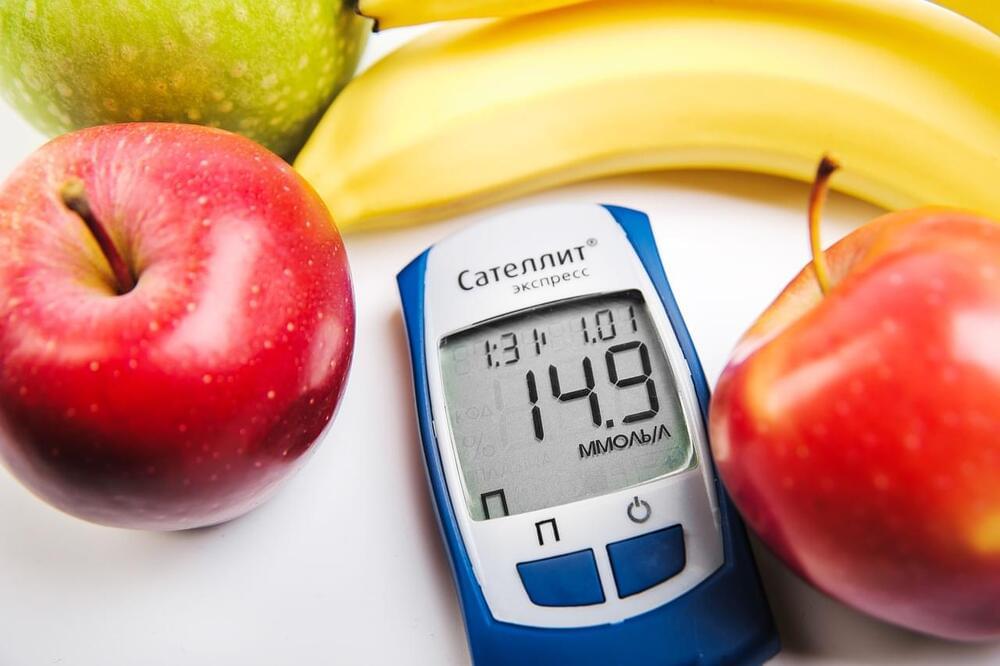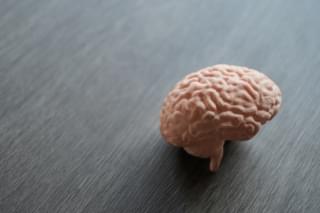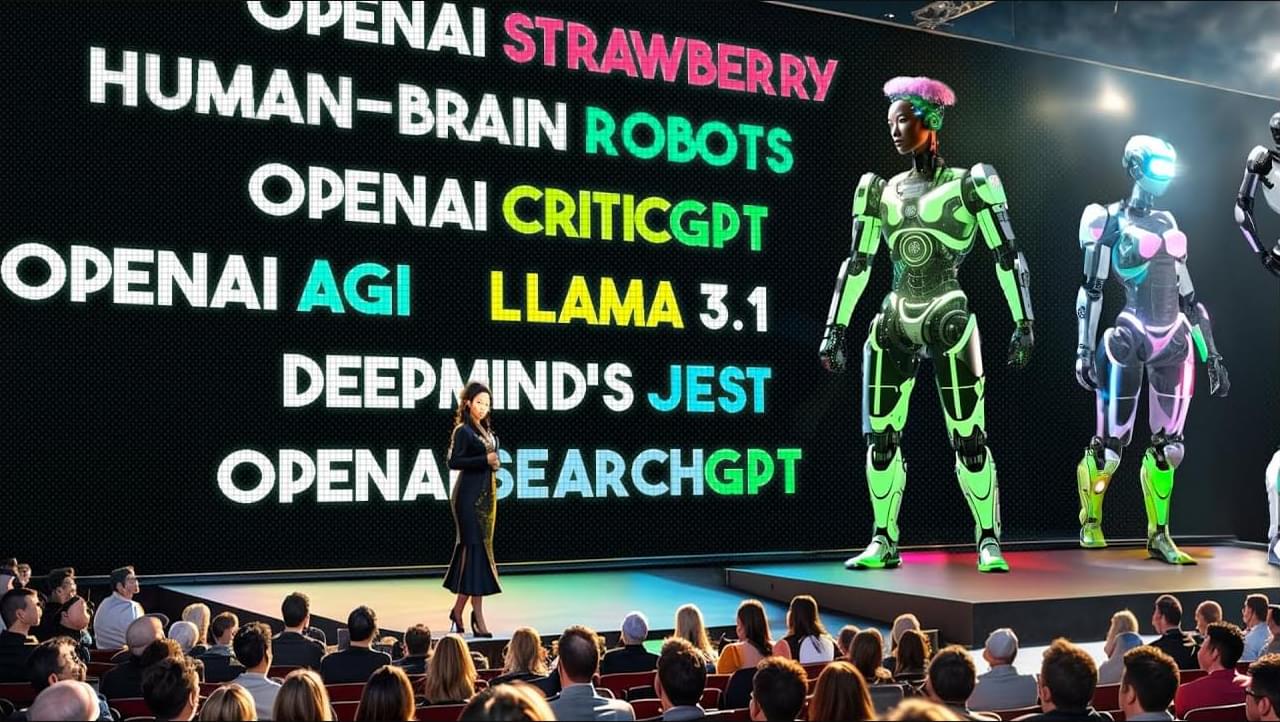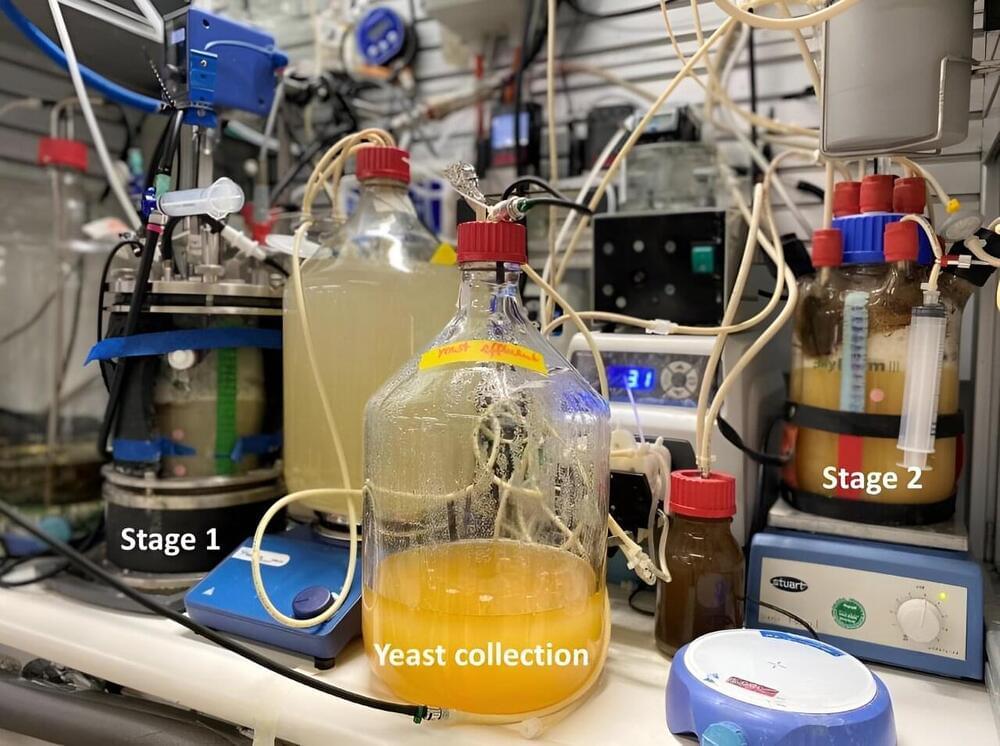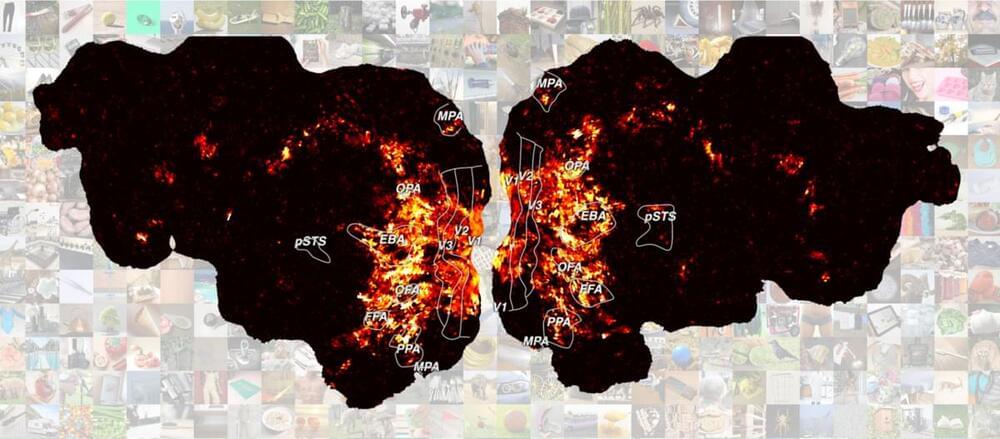Sep 23, 2024
Groundbreaking Study Unveils Novel Treatment for Blocking SARS-CoV-2 Entry into Cells
Posted by Omuterema Akhahenda in categories: bioengineering, biotech/medical, chemistry, economics, health
Despite the ongoing threat posed by new viruses following the emergence of severe acute respiratory syndrome coronavirus 2 (SARS-CoV-2), which led to the coronavirus disease 2019 (COVID-19) pandemic, new antiviral drugs continue to be developed to effectively block viral entry into the human body.
Professor Kyungjae Myung and his research team in the Department of Biomedical Engineering, affiliated with the IBS Center for Genomic Integrity, has discovered UNI418, a compound that effectively prevents the penetration of the coronavirus. This compound works by regulating dielectric homeostasis, thereby inhibiting the virus’s entry into human cells.



